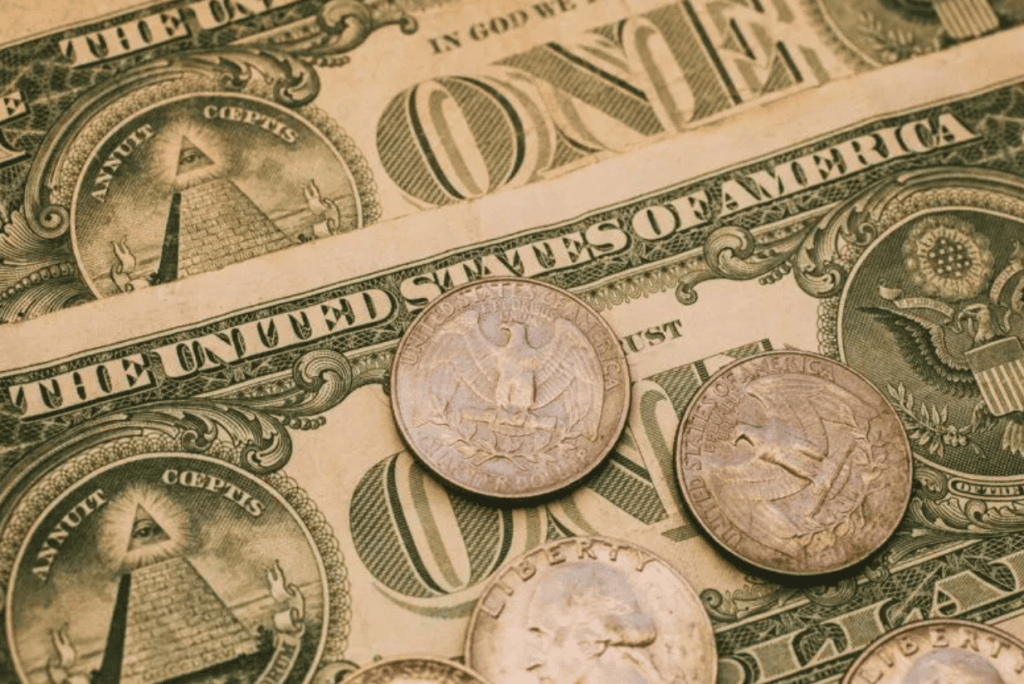Filing for Chapter 13 bankruptcy can be a strategic way for individuals to manage their debt without losing valuable assets. Unlike Chapter 7, which involves liquidation, Chapter 13 offers a structured repayment plan over time. This option is ideal for those looking to reorganize their finances while retaining ownership of their property.
One of the key advantages of Chapter 13 is the opportunity it provides to catch up on past-due payments while continuing to address debts in a protected environment. This structured approach can offer financial relief and reduce stress for individuals burdened with significant financial responsibilities.
Understanding How Chapter 13 Works

Chapter 13 bankruptcy, also known as a “wage earner’s plan,” allows individuals to create a structured three-to-five-year repayment plan. During this period, creditors are prohibited from taking collection actions, giving debtors the opportunity to make payments based on their income.
Top 10 Advantages of Filing Chapter 13 Bankruptcy
- Protection Against Foreclosure
Chapter 13 filing immediately halts foreclosure proceedings, allowing homeowners to retain their properties by making regular mortgage payments in addition to the repayment plan.
- Manageable Repayment Structure
Instead of paying off the entire debt upfront, debtors can make affordable periodic payments. The repayment plan is based on income and necessary expenses, making it more feasible.
- Halt Creditor Harassment
Upon filing for bankruptcy, creditors are legally required to stop contacting the debtor. The “automatic stay” provision prevents wage garnishment, phone calls, and legal actions.
- Asset Preservation
Chapter 13 enables debtors to retain assets like homes and cars as long as they continue making payments, unlike in Chapter 7 where some assets may be sold off.
- Catching Up on Missed Payments
Debtors can use the repayment plan to catch up on overdue payments for mortgages, car loans, or other secured debts without the risk of losing their assets.
- Flexible Repayment Period
The repayment period can extend up to five years based on income levels, easing the financial burden and spreading out payments evenly.
- Debt Consolidation
Chapter 13 consolidates multiple debts into a single monthly payment, simplifying the process and reducing the chance of missed payments.
- Streamlined Communication with Creditors
A bankruptcy trustee handles all communications with creditors, with debtors making payments to the trustee who then disburses funds as per the repayment plan.
- Opportunity to Rebuild Credit
While bankruptcy affects credit, consistent payments under Chapter 13 can gradually improve an individual’s credit history. Upon successful completion, most debts are discharged, allowing for a fresh financial start.
- Discharge of Remaining Debt
At the end of the repayment period, qualifying unsecured debts such as medical bills or credit card debt are discharged, relieving the debtor of legal liability for those debts.
Essential Points to Consider
Chapter 13 bankruptcy provides a vital lifeline for individuals overwhelmed by financial obligations, allowing them to restructure secured debts while safeguarding their assets. With consumer debt levels on the rise, options like Chapter 13 offer a structured path to regain financial stability and prevent significant losses such as foreclosure or repossession. For many families in financial distress, Chapter 13 isn’t just an option but often the most realistic route to rebuilding stability and achieving long-term financial relief.
Key Takeaways
- Chapter 13 bankruptcy provides protection against foreclosure and creditor harassment.
- Debtors can repay debts over a structured period of three to five years through a repayment plan.
- Essential assets can be retained while catching up on overdue payments.
- Most unsecured debts are discharged upon successful plan completion.
- Chapter 13 helps individuals reorganize their finances and work towards a fresh financial start.

